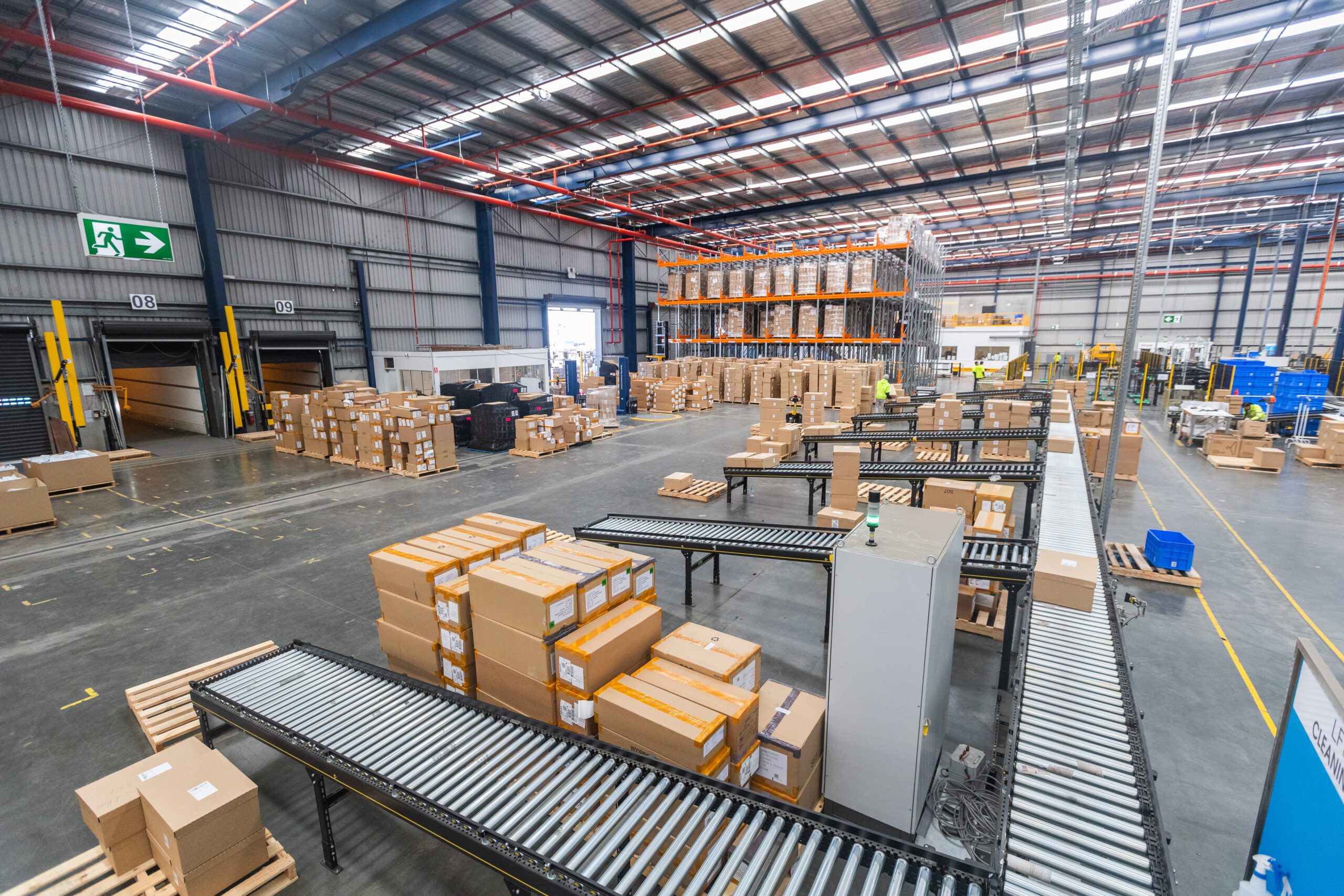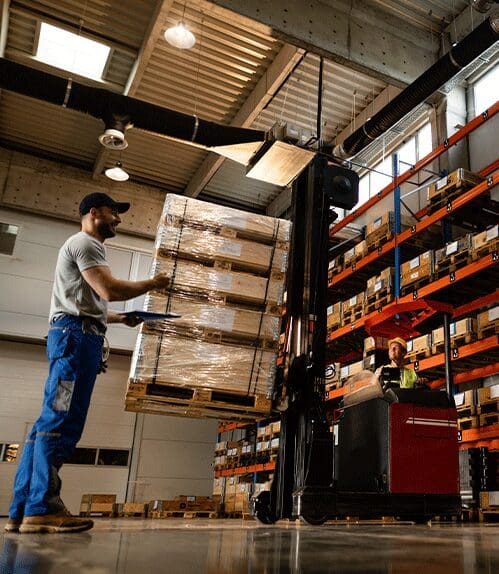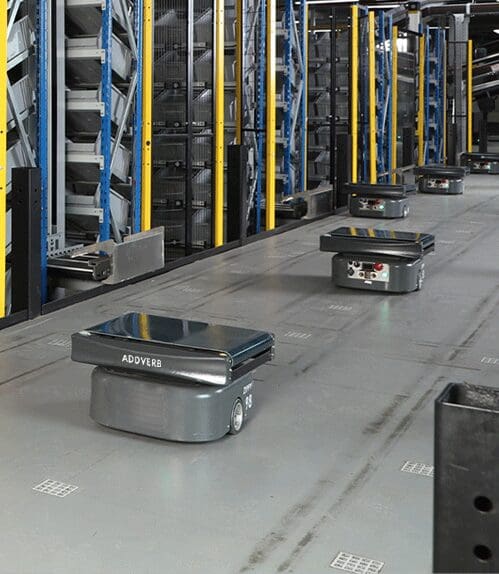Direct to Customer (D2C)
Direct-to-customer (D2C) refers to a business model where products are sold directly to consumers without involving any third-party retailers, wholesalers, or middlemen.
This approach gives companies more control over the customer experience, gathers valuable data, and captures a larger portion of the profits. D2C brands often utilize online sales platforms, social media marketing, and direct shipping to reach and fulfill customer orders.
ITC, an emerging D2C player, leverages advanced automation solutions to streamline operations and enhance customer satisfaction effortlessly.
Advantages
Customer Relationship: By selling directly to customers, companies can build stronger relationships with their audience. Direct interactions provide valuable insights into customer preferences, behaviors, and feedback.
Brand Control: Companies maintain full control over their brand’s presentation, messaging, and customer experience. This can enhance brand loyalty and trust.
Higher Margins: Eliminating intermediaries allows companies to capture higher profit margins, as they are not sharing revenue with distributors or retailers.
Data Collection: Direct sales provide access to customer data, which can be leveraged for personalized marketing, product development, and improving overall customer experience.
Challenges
Logistics and Fulfillment: Managing logistics, warehousing, and fulfillment can be complex and costly. Companies need efficient systems to handle inventory, shipping, and returns.
Marketing and Reach: Building brand awareness and reaching a broad audience requires significant marketing efforts and investment, which can be challenging for smaller businesses.
Customer Service: Providing high-quality customer service directly can be resource-intensive, requiring dedicated staff and systems to manage inquiries, complaints, and support.
Reaching Customers via Distribution Centers (DCs)
A distribution center, also known as a distribution warehouse, is a facility used by manufacturers, wholesalers, or retailers to store, manage, and distribute products to their customers or other locations.
These centers are crucial in the logistics and supply chain management process, serving as hubs where products are received, sorted, stored, and then shipped to their final destinations. Distribution centers play a key role in ensuring efficient and timely delivery of goods to meet customer demand.
With a global network of distribution center, DHL has supercharged its sorting with Addverb’s Zippy robots.
Advantages
Scalability: Distribution centers can handle large volumes of products, making it easier for companies to scale operations and meet high demand without overburdening their own logistics.
Wider Reach: Partnering with distribution centers and retailers allows businesses to tap into established networks, expanding their market reach and accessibility.
Cost Efficiency: DCs often have optimized logistics and fulfillment processes, which can reduce shipping costs and delivery times, enhancing the overall customer experience.
Focus on Core Activities: By outsourcing logistics and distribution, companies can focus more on core activities such as product development, marketing, and customer engagement.
Challenges
Margin Sharing: Working with intermediaries means sharing revenue, which can result in lower profit margins compared to direct sales.
Brand Control: Companies may have less control over how their brand is represented and the customer experience provided by third-party retailers or distributors.
Data Access: Access to customer data may be limited, making it harder to gain insights into customer behavior and preferences.
Dependence on Partners: Relying on distribution partners can be risky if those partners face operational issues, which could disrupt the supply chain and affect customer satisfaction.

Addverb excels in automating mega distribution centers with cutting-edge technology, ensuring efficiency and scalability in every operation.
Choosing the Right Strategy
Deciding between D2C and reaching customers via DCs depends on various factors, including:
Business Size and Resources: Smaller businesses with limited resources might benefit more from leveraging DCs, while larger companies with robust logistics capabilities might prefer D2C.
Product Type: High-margin, specialized products may be better suited for D2C, whereas mass-market products might benefit from the scalability of DCs.
Customer Expectations: Understanding customer preferences for shopping experiences can guide the choice. Some customers prefer buying directly from brands, while others might value the convenience of purchasing from established retailers
Technology and Solutions portfolio
One of the key elements of successfully adopting this strategy is to leverage the advanced solutions that deliver efficiency, flexibility, scalability, and safety.
Some of the most automated products & solutions that a completely automated warehouse comprises:
- Mobile robots and driverless forklifts for material movement in Distribution Centers
- Picking solutions using pick-to-light and pick-by-voice
- Dense storage of SKUs using Carton shuttle or pallet shuttle shelving systems
- ASRS solutions using shuttle-based or crane-based systems
- Order Sortation using Sorting robots
Powerful software systems to manage all the operations like WES, WMS, and WCS
Evolution of Digital Supply chain Networks
In modern supply chain networks, all players must be willing and agile in adopting new techniques and solutions to deliver value to themselves and their customers. Companies innovating with smart solutions for last-mile delivery are gaining a competitive edge.
An emerging trend is Direct-to-Customer (D2C), bypassing Distribution Centers (DC2C) for more efficient customer reach. This strategy streamlines operations through automation and technology, aiming for efficiency gains rather than merely cutting out middle layers. Economies of scale benefit larger players who can leverage their resources effectively.
Conclusion
Both Direct to Customer and reaching customers via Distribution Centers have their merits and challenges. Companies must carefully evaluate their business goals, resources, and customer expectations to choose the strategy that aligns best with their objectives.
In many cases, a hybrid approach, combining elements of both strategies, might provide the optimal solution, offering the benefits of direct customer relationships while leveraging the efficiencies of distribution networks.
FAQ
What is direct-to-customer (D2C)?
D2C refers to a strategy where products are shipped directly from the manufacturer or brand to the end consumer, bypassing traditional retail channels.
How does D2C differ from reaching customers via Distribution Centers?
D2C eliminates intermediaries like distributors or retailers, allowing brands to have direct control over the customer experience and often resulting in faster delivery times.
What are Distribution Centers?
DCs are facilities used for storing and distributing products to retail stores or directly to customers. They play a crucial role in traditional supply chains.
How does reaching customers via DCs compare to D2C?
Reaching customers via DCs involves using these facilities to manage inventory and fulfill orders, which can provide logistical efficiencies but may add complexity and cost.
How does automation support these strategies?
Automation technologies enhance both operations by optimizing inventory management, order processing, and logistics, thereby improving overall efficiency and customer satisfaction.
Which strategy is right for my business?
Choosing between D2C and DCs depends on your market goals, customer preferences, logistical capabilities, and desired level of control over the customer experience.






